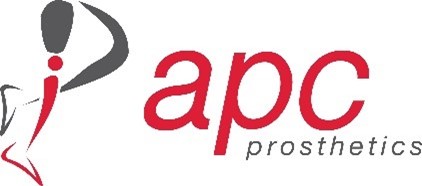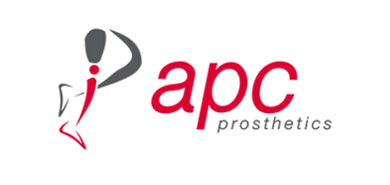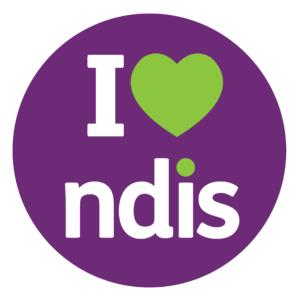APC Prosthetics was at the forefront of the NDIS service provision, being involved in the start-up trials in Newcastle on the 1st July 2013. As a result, we have learnt much over the years, and have had a great many successful interactions with the NDIS in that time.
We have found that the main issue experienced by the NDIS participant, is the length of time for the limb approval process. To assist with the flow and expedite the approval process we have put together a checklist that should assist with your NDIS interactions and approval time. The listed items should assist both the new and experienced amputee.
5 Steps to getting NDIS approved
- Register with the NDIS
- NDIS will contact you and arrange a meeting with your NDIS representative. Be prepared to tell them what tasks you are having difficulty with. Make sure there are funds in your NDIS plan for your prosthetist to do a full assessment and report including outcome measures. You also need funding for adjustments and consumables built into your plan allowing for the upkeep of your current limb until approval comes through for your new limbs which may take some time. Ensure your listed goals are relevant to your prosthetic needs, they may focus on mobility, independence, return to sports etc. and will assist your NDIS representative and prosthetist in identifying the suitability of your prosthetic prescription.
- Make an appointment with your prosthetist for at least one hour and be prepared for a number of assessments to determine what type of limb is best suited to you and will assist in achieving the goals listed in your plan. Please bring your NDIS plan to this appointment, so your prosthetist can review and find solutions to the tasks you are having difficulty with. Communicate and work with your prosthetist, as this appointment determines your future limb provision.
- Be patient. There are many hours of research and report writing needed by your prosthetist to determine what type of limb is suited for your lifestyle. The quotation for your limb/limbs will accompany the report that is submitted to the NDIS by your service provider. This can take time depending on the complexity of the report.
- Once approval is provided by the NDIS you will be contacted by your service provider, an appointment will be made for the cast and measurements for your new limb.
Information you need to know
- The funding for a limb is broken into two categories, one for limb componentry and the other for the clinical time (face to face) with your prosthetist, including the ongoing maintenance of your limb.
- It is imperative that the participant is aware of how their plan and associated funding is managed. Confusion with this will significantly delay limb provision and cause frustration for all parties.
- We have found from our experience, that the best and fastest way for limb approval, is for the participant to be NDIA Managed. Your provider will claim directly through the NDIS portal which generally results in faster provision of services and approval for limb fabrication.
- If the participant is Self-Managed, all interactions with the NDIS are done by the participant. The participant is responsible for funding the approved limb and making payment directly to the service provider. They must navigate the online NDIS portal, uploading bills for payment and billing from the correct categories, so be prepared for this if you select this option (computer knowledge is recommended). All records of transaction should be kept on hand for audit purposes. Self-Managed participants should be familiar with the full process and can successfully navigate the NDIS system. Any problems experienced throughout the process will need to be solved by the participant and NDIS, with limited or no input from the service provider.
- Plan Managed means a third party will be processing your invoices. Your prosthetist will need the details of the Plan Manager to communicate and sort out funding so they can provide your prosthetic services. Be prepared for some delays due to the interaction required between the provider and Plan Manager. Participants may have a delay of up to two weeks due to Plan Management processing of payments.
If these points are used as a guide the system should flow smoothly. In general, the approval process has improved over the last year, with the complete process taking months or at times weeks from start to finish.
If in doubt or you have any questions, please contact your service provider as they have experience in successfully navigating the NDIS system.



